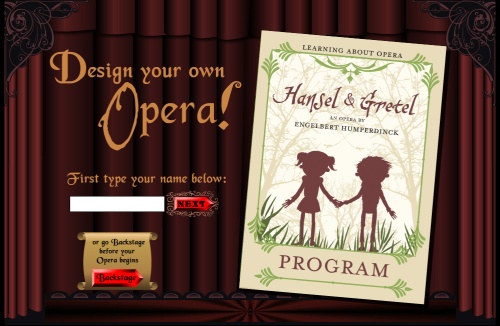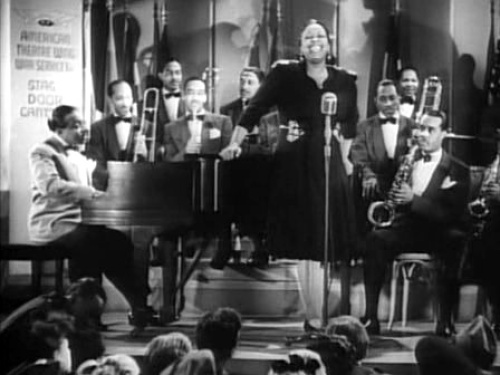
Leonard Cohen’s recordings and performances in the 1960s were situated ambiguously between popular and art culture.
This division had traditionally been maintained through a strict hierarchy of socially enforced aesthetic barriers, but in the 1960s and 1970s popular genres staked a claim to high culture status by framing their creators as autonomous artists. In film this was achieved through auteur theory, where the director was viewed as the sole creative force, and in popular music through the rise of singer-songwriters such as Cohen, who both composed and performed their own material.
Another means of authenticating popular music in the 1960s was through the mythologizing of performance. In happenings and other gatherings, performance was valued for its apparent immediacy and lack of premeditation. On the other hand, performance is also understood in precisely the opposite manner—a clever performance is by implication not genuine, but calculating. This ambivalence is expressed repeatedly in Cohen’s own songs and performances.
This according to “Racing the midnight train: Leonard Cohen in performance” by Stephen Scobie (Canadian literature 152–153 [spring–summer 1997] pp. 52–68).
Below, performing Suzanne, an iconic song from the 1960s, in 2008.









